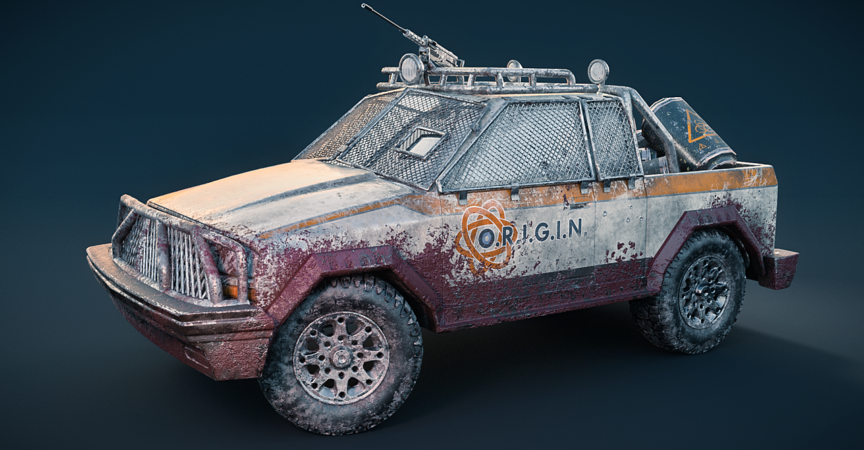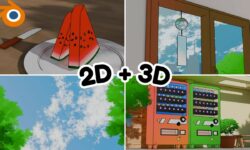The Blender and Substance Texturing Workflow
Release date:2018, April
Author:Jonathan Lampel
Skill level:Beginner
Language:English
Exercise files:Yes
Substance Painter and Substance Designer are excellent programs that are specifically made for texturing. Designer allows you to build complex procedural materials, and Painter allows you to apply those materials to your mesh using brushes, masks, and even particle simulations. In this course, I’ll walk you through the workflow of how to best use them alongside Blender.
The Industry Standard for Texturing
Substance Painter and Substance Designer are excellent programs that are specifically made for texturing. Designer allows you to build complex procedural materials, and Painter allows you to apply those materials to your mesh using brushes, masks, and even particle simulations.They are both great tools to use alongside Blender, whether you’re making assets for games, animations, or visual effects.
Allegorithmic has a lot of videos showing you how to use their products, so in this course I’m not going to be teaching how to use these programs specifically. Instead, I’ll walk you through the workflow of how to best use them alongside Blender. I’ll go over the difference between materials and texture sets, how to edit the UV’s of multiple objects at the same time, exporting objects to substance painter, baking maps in Cycles to be used in Painter, creating a custom export configuration for Blender, how to use exported maps in Cycles, and much more. I’d recommend going through our Shader Forge PBR lessons before starting this course. It’s not required and you can complete this course without them, but they will help you get a good understanding of what physically based shading is all about and why Substance uses it as its main paradigm.





 Channel
Channel




